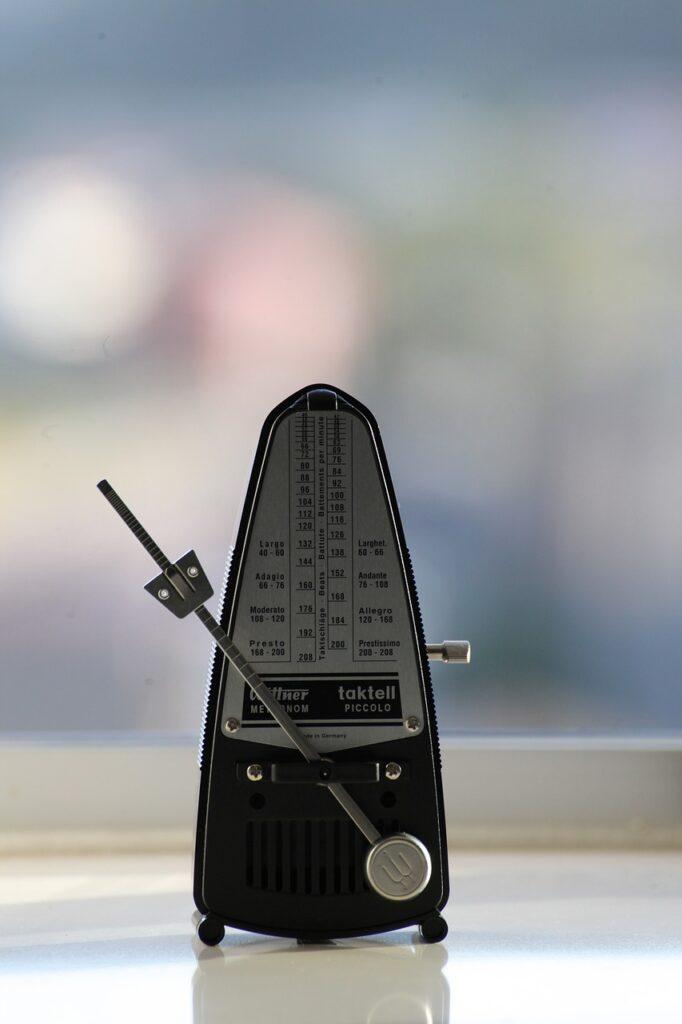Have you ever tuned your guitar, using the frets or an electronic tuner, only to find that it still sounds off when you start strumming? Many guitarists have noticed this problem. However, you can learn how to make your guitar sound better! Read more to find out, “Why does my guitar sound off tune?” Estimated reading time 2 minutes.
Read More

